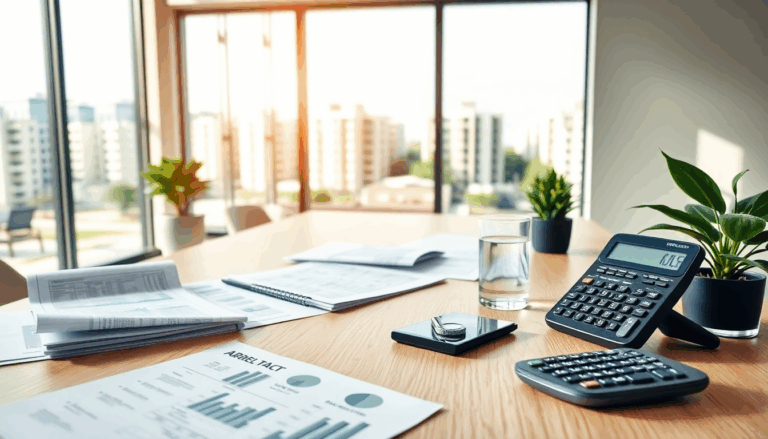Investing in a second home is a major milestone, but it also brings a unique set of financial responsibilities that you need to be aware of. Have you considered how the various tax implications might affect your overall financial strategy? While taxes can seem overwhelming, understanding them doesn’t have to be a headache.
In this article, we’ll break down the key taxes to keep in mind both when you’re purchasing your new property and during its annual management.
Key Taxes When Purchasing a Second Home
Let’s kick things off with the registration tax, one of the first taxes you’ll encounter. This is a state tax applied when you register the deed of sale, governed by DPR 131/1986. If your transaction is exempt from
VAT, this tax is typically set at 9% of the taxable base. But what does that mean for you? Well, the taxable base can fluctuate depending on how you calculate it—either based on the actual sale price or a method known as the ‘price-value’ approach. Have you heard about this? It could be a game changer!
The ‘price-value’ system is particularly advantageous for buyers dealing with private sellers or VAT-exempt companies.
Instead of calculating the registration tax on the actual sales price, it’s based on the reassessed cadastral value. To take advantage of this, you’ll need to verify the cadastral value and any related properties, like garages or cellars. For instance, if the cadastral value is €892.50, reassessed to 120, you’d end up with a total of €107,100. This would lead to a registration tax of €9,639. Isn’t it intriguing how a different approach to numbers can tell a whole new story?
Value Added Tax (VAT) and Other Associated Taxes
Next up is VAT, which only comes into play under specific circumstances, and the rates can vary. In some cases, a reduced rate of 10% might apply; however, the standard rate of 22% is more common. For example, if you’re eyeing a property listed at €145,000 and the VAT is at 10%, you’d be looking at a VAT charge of €14,500. On the flip side, if the property costs €180,000 with a 22% VAT, that number jumps to €39,600. Have you thought about how these figures could fit into your overall budget?
Beyond VAT, two additional taxes are essential during the purchasing process: the mortgage tax and the cadastral tax. The mortgage tax applies to registrations in public records, while the cadastral tax relates to entries and changes in the cadastral database. Both are mandatory and need to be paid when you register your sale deed. A little strategic financial planning at this stage can make a world of difference!
Annual Taxes and Long-Term Financial Planning
Once you’ve secured your second home, don’t forget it will be subject to annual taxes. The key players here are IMU (Municipal Property Tax) and TASI (Tax for Indivisible Services). IMU may offer exemptions, like a 50% discount in certain situations, such as when the property isn’t rented out or is used as a primary residence by a family member. Are you aware of the opportunities that might be available to you?
TASI, on the other hand, is determined by how the property is utilized, and it could fall on the tenant if you’re renting it out. If your second home sits vacant, you might be eligible for exemptions from certain taxes, but you’ll have to demonstrate that it’s unoccupied. Keep in mind that tax obligations can shift based on whether you’re renting out the property. It’s not just about the purchase price; ongoing costs and taxes play a crucial role in maintaining the property. Thoughtful financial planning is essential to effectively manage these expenses, ensuring that your investment continues to be profitable.

